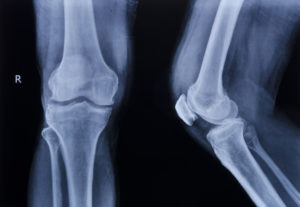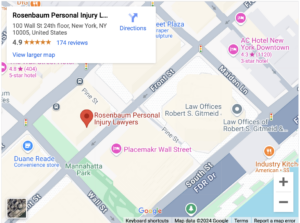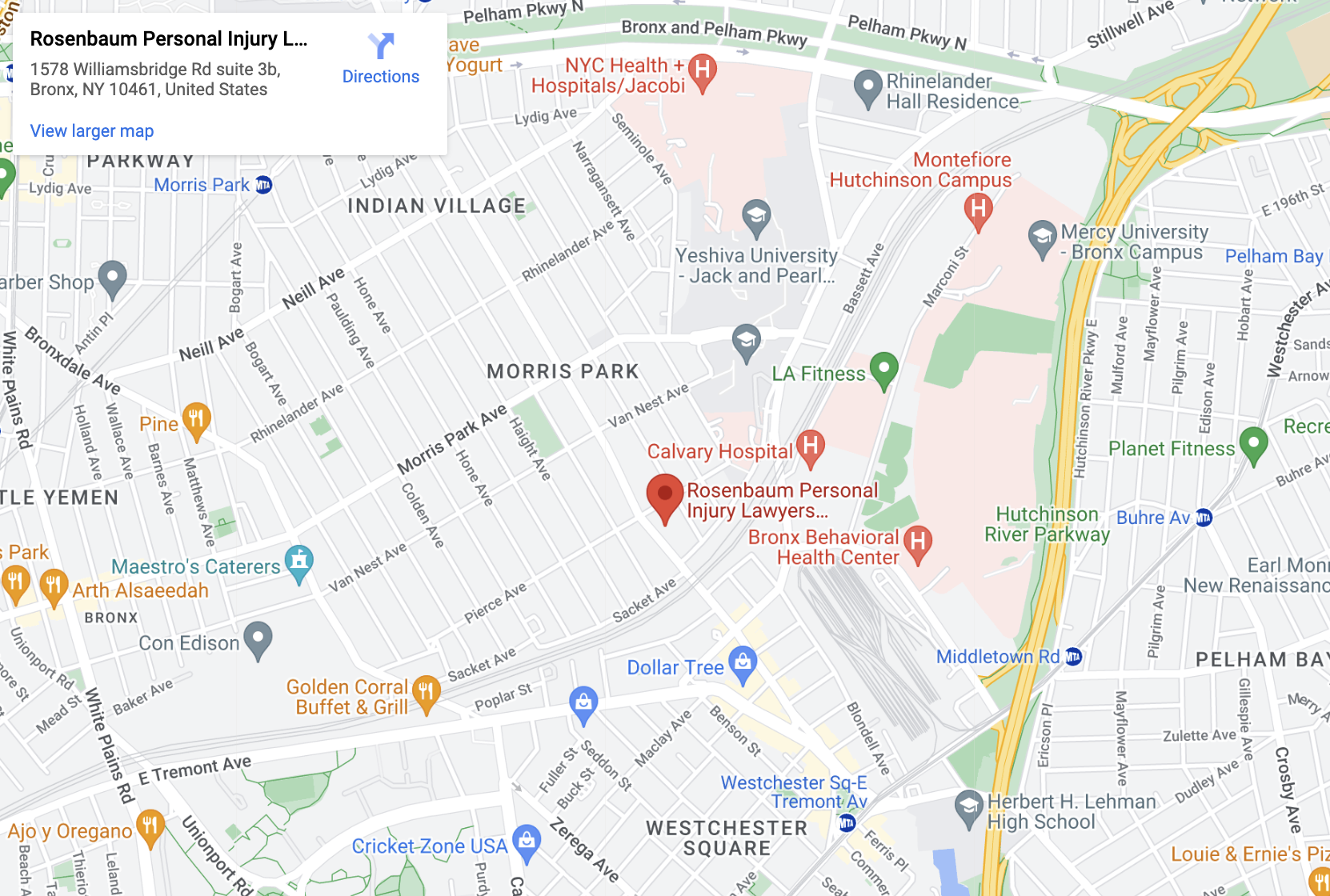Fractures and Joint Injuries

Fractures and joint injuries occur frequently. By 65 years of age, over half of all Americans have had at least one fracture. After age 65, the rate of fractures increases significantly due to osteoporosis and a higher incidence of falls.
Many of these fractures and joint injuries result from accidents. Car accidents can cause traumatic fractures to the arms, ribs, and face. Slip and fall accidents can result in a fractured hip, wrist, or skull. Workplace accidents involving vehicles, falling objects, and ladders or scaffolding can result in a fracture of almost any bone in the body.
Here are the important things to note about fractures and joint injuries and the ways that these kinds of injuries can be compensated.
Table of Contents
How Do Fractures and Joint Injuries Happen?
There are two primary mechanisms that cause broken bones and joint injuries:
Traumatic Force
A traumatic force, such as a fall, falling object, or collision, can stress a bone beyond its breaking point. In this case, the bone may fracture into at least two pieces. In some circumstances, the traumatic force might shatter the bone into multiple pieces.
Joint damage can also result from a traumatic force. A force can dislocate a bone out of a joint. This dislocation might hyperextend or tear the ligaments and tendons holding the joint together or damage the cartilage cushioning the joint.
Repetitive Stress
Repeated motions or stresses on the bones can create small cracks that worsen. These stress fractures can produce many of the same symptoms as traumatic fractures. However, stress fractures are usually small, and they will often heal with rest.
Repetitive stress can wear down the cartilage in the joints and strain the nerves, tendons, and ligaments in the joint.
What Are the Risk Factors for Fractures and Joint Injuries?
Almost any type of accident can result in a broken bone or joint injury. Some common situations that increase your risk of a broken bone include:
Car Accidents
While seatbelts and airbags can save your life, they can also fracture bones and dislocate joints.
After a car accident, you may have fractures in your arms and face from the airbag. Your seatbelt may also fracture your ribs. In a front-end collision, your legs or feet might get crushed.
You could also suffer from knee damage after hitting the dashboard or shoulder injuries if you hit the side door. These joint injuries can range from bumps and bruises to dislocations and torn ligaments and tendons.
Falls
A fall can break bones or injure joints. A fall from a height can impose enough stress on the bones to fracture them. The impact can also tear muscles, ligaments, and tendons.
Slip and falls or trip and falls can also fracture bones. Trip and fall accidents usually cause you to fall forward. You may fracture your arm, wrist, hand, knee, or facial bones as a result.
Slip and fall accidents usually cause you to fall backward. You may fracture your skull, vertebrae, ribs, or hip as a result.
Pedestrian and Bike Accidents
If you are hit by a car while walking or biking, you will likely fracture a bone. The weight of a car combined with its speed can cause massive damage to your body.
You might suffer a broken leg, hip, or spine in a pedestrian accident or bicycle accident. You could also fracture your skull when you strike the pavement.
Workplace Injuries
Any job that involves manual tasks can pose a risk of a fracture or joint injury. Standing, walking, lifting, and carrying can each cause traumatic or repetitive stress fractures. Similarly, manual labor can cause traumatic joint injuries or degenerative joint problems, like osteoarthritis.
How Are Fractures and Joint Injuries Treated?
In many cases, treatment consists of immobilization and rest. For example, a doctor may treat an ankle fracture by immobilizing it with a cast or walking boot and prescribing a few weeks of reduced activity.
In some cases, patients may require surgery to set the bones and repair tissue damage after a fracture. In a comminuted fracture, the bone shatters into multiple pieces. A doctor may need to rebuild the bone with screws, plates, and bone grafts.
Similarly, a compound fracture punctures the skin and may tear muscle, tendons, and ligaments. A doctor may operate to repair the tissue damage and realign the bones.
Doctors may also operate to repair joint injuries. A surgeon may remove torn cartilage from a joint so that it does not interfere with the joint’s operation.
What Are the Long-Term Effects of Fractures and Joint Injuries?
You may still feel effects after a fracture or joint injury heals. Damaged joints are more susceptible to arthritis than healthy joints. Broken bones may throw off the alignment of your body to create other aches and pains.
For example, a broken hip might lead to knee problems as you compensate for misalignment or weakness in the hip.
If a doctor used screws and plates to fuse a joint, you may lose flexibility in the joint. In many cases, doctors do not repair torn muscles, ligaments, and tendons. Instead, they often recommend physical therapy to build up the surrounding muscles to compensate for the injury.
What Kind of Compensation Can You Recover for Fractures and Joint Injuries?
Compensation for injuries caused by someone else’s negligence may include reimbursement for past and future medical bills and lost income. After a major injury, this compensation could amount to tens of thousands of dollars.
For example, if you shattered your arm bone in a car accident, you could have substantial expenses for surgery, physical therapy, and pain medication. You may also miss weeks of work while you recover.
For fractures sustained in a car accident, New York law allows you to step outside of the no-fault system for fractures sustained in a car accident. Normally, the no-fault system limits you to $50,000 in basic economic loss from your auto insurer. However, stepping outside of the no-fault system provides two important benefits.
First, you can sue the at-fault driver for the full extent of your damages. Second, you can include your pain and suffering damages in your claim. This will help to ensure that you receive full and fair compensation for your injuries.
Contact a New York City Personal Injury Lawyer for Help
To discuss your fracture or joint injury, contact the skilled legal team at Rosenbaum Personal Injury Lawyers. Our New York City personal injury lawyers offer free consultation and case reviews.
Visit Our Law Office In Manhattan, NY
Rosenbaum Personal Injury Lawyers
100 Wall St 24th Floor, New York, NY 10005
(212) 514-5007



